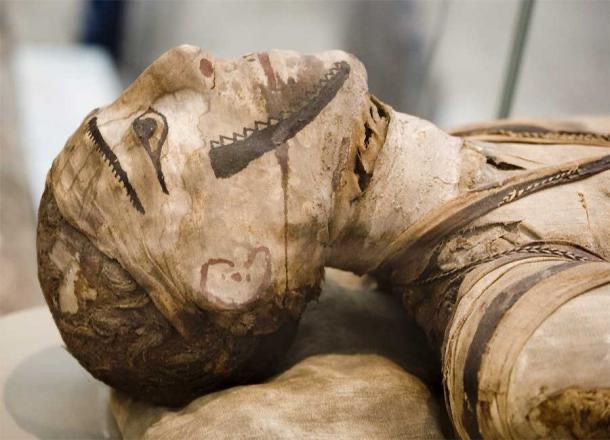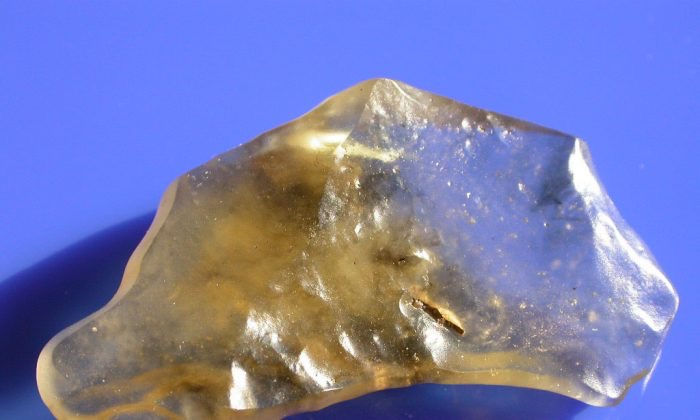Ancient Egyptian Papyrus Reveals Secrets to Embalming the Face!
- skloucherepierre
- Feb 28, 2021
- 3 min read
Updated: Apr 5, 2021

A recently interpreted papyrus from old Egypt going back 3,500 years gives an uncommon knowledge into Egyptian preserving procedures. The old clinical content subtleties a system never recognized and uncovers the way toward wrapping a dead individual's face with swathes absorbed salve to lessen expanding.
Antiquated Egyptians are notable for their specialty of embalmment. They accepted the actual structure was important for the human spirit, so saving the actual body was viewed as fundamental to getting a charge out of existence in the wake of death. The body was a connect to the pith of the individual who had once occupied it.
However notwithstanding the colossal scale on which Egyptians embalmed their dead, the cycle and the strategies utilized are as yet not completely comprehended.
A lot of what we think about antiquated Egyptian mummy-production comes from fifth century BC composed records by Greek student of history Herodotus. He chronicled the means taken by antiquated Egyptians in getting ready and protecting bodies.
To start with, embalmers would have eliminated the dead person's organs — including the cerebrum, which would be separated through the nose. At that point, they would disinfect the chest and stomach cavities, prior to putting the body in a pungent liquid containing a combination of pop debris and sodium bicarbonate. This would deplete the organic liquids and keep the body from decaying. At last, they would enclose the body by portions of material and cover it.
Proof for a Great Evolutionary Leap Finally Found?
Did Egyptian Mummification Descend from a More Ancient and, Perhaps, Reversible Preservation Technique?
Walk Like An Egyptian… Scientists Preserve Modern Human Leg utilizing Ancient Egyptian Methods
New Face Embalming Secrets Revealed
In view of a manual as of late found in a 3,500-year-old clinical papyrus, and deciphered by University of Copenhagen specialists, more subtleties have been found about the complex treating measure used to set up the dead for the hereafter and, specifically, the expired individual's face. It is the most established enduring manual on preservation yet found, originating before the solitary two different instances of treating writings by in excess of 1,000 years.
The six-meter long original copy, named the Papyrus Louver-Carlsberg and dating to roughly 1450 BC, contains rules to help the embalmer to remember the means and cycles they should take while playing out the preservation interaction.
"The content peruses like a memory help, so the planned perusers probably been experts who should have been helped to remember these subtleties, like unguent plans and employments of different sorts of wraps," composes Egyptologist Sofie Schiødt, who deciphered the papyrus.
"One of the energizing new snippets of data the content furnishes us with concerns the strategy for treating the dead individual's face," Dr Schiødt adds. "We get a rundown of elements for a cure comprising generally of plant-based sweet-smelling substances and covers that are cooked into a fluid, with which the embalmers coat a piece of red cloth. The red cloth is then applied to the dead individual's face to encase it in a defensive cover of fragrant and against bacterial matter. This cycle was rehashed at four-day spans."
The papyrus contains new proof of the methodology for treating the expired's face, where the face is covered with a piece of red cloth and fragrant substances. Delineation: Ida Christensen
The papyrus contains new proof of the methodology for treating the expired's face, where the face is covered with a piece of red cloth and fragrant substances. Delineation: Ida Christensen
A Ritualized Process
As indicated by the University of Copenhagen , the significance of the Papyrus Louver-Carlsberg papyrus in enumerating the treating cycle lies in its diagram of the interaction being separated into time frames, with the embalmers effectively chipping away at the mummy at regular intervals.
"A custom parade of the mummy denoted nowadays, commending the advancement of reestablishing the perished's human honesty, adding up to 17 parades throughout the span of the preserving time frame," reports Dr Schiødt. "In the middle of the four-day spans, the body was covered with material and overlaid with straw injected with aromatics to fend off creepy crawlies and scroungers."
The new disclosure is amazingly essential to the comprehension of the perplexing embalmment customs and cycles led in old Egypt.
Article Rewriter : https://www.ancient-origins.net/news-history-archaeology/face-embalming-0014991
.jpg)










Had a question about giving my son ( he is 9yrs old ) the elixir, is the same amount as an adult ? or do we lessen it. Also we are asking any suggestions on including flavoring. thank so much be blessed bro.
https://www.facebook.com/groups/281525068562590/?ref=share
knowledge is power love your being please consider joining learning with other intellectuals all over the world. Each one reach one teach one
FTL Speed going that fast one light year is nothing which is 6 trillion miles.